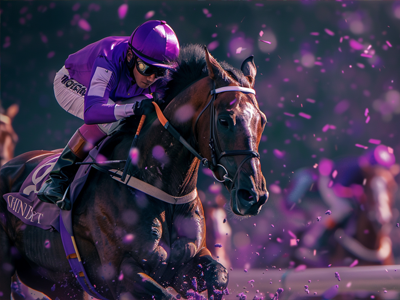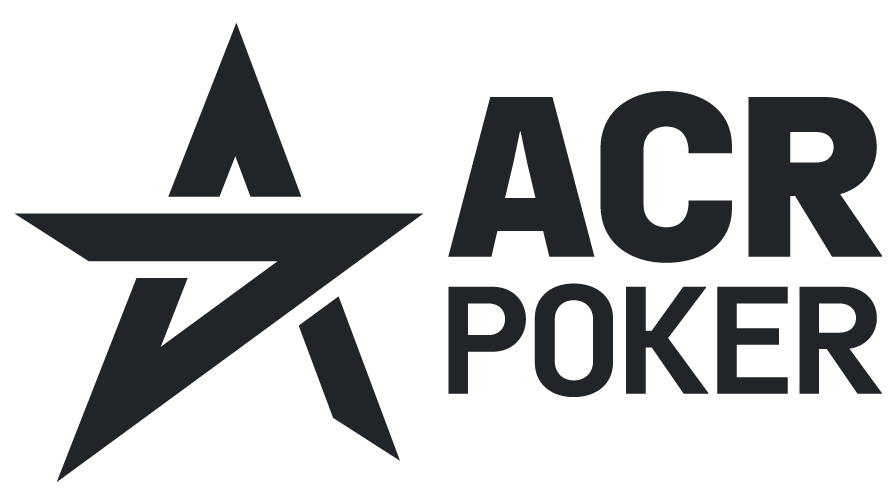Combining an understanding of the field size and competition allows you to make a more calculated trifecta bet
In trifecta betting, where you aim to predict the top three finishers in a race, understanding the competition and field size is essential for crafting an effective strategy. Assessing these elements allows you to make informed choices, potentially increasing your chances of success.
Field size is the first factor to consider. In general, larger fields offer higher payouts due to the increased difficulty of predicting the top three horses. However, they also come with greater risk because more variables are at play. In a race with fewer participants, the competition is more predictable, but the payouts may be lower. Weighing these pros and cons is critical for deciding whether to pursue a trifecta bet in a particular race.
Next, assess the competition itself. This involves analyzing each horse’s recent performance, speed ratings, and track conditions. Horses that consistently finish in the top spots should naturally be on your radar, but don’t overlook long shots either.
In larger fields, long shots can disrupt expected outcomes, and factoring them into your bet can lead to more rewarding payoffs. A thorough examination of each horse’s form, jockey, and trainer history helps you gauge how likely a horse is to place in the top three.
Pace is another consideration. A race with multiple speed horses could cause front-runners to tire, allowing more stamina-based horses to take the lead toward the end. On the other hand, a race with fewer speed horses might favor those who can control the pace from the front. Evaluating the race dynamics gives insight into which horses are most likely to make it into the top three.


